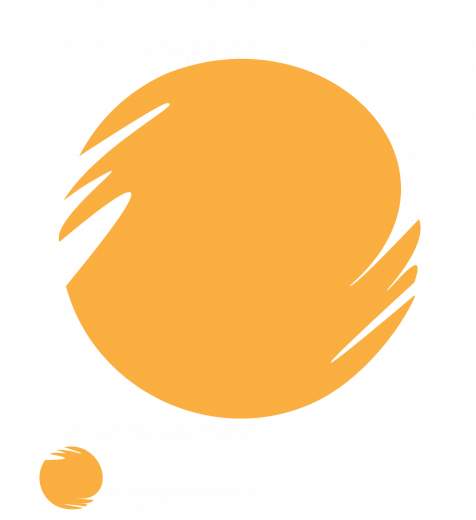

The ICD Challenge is a 5-day battle between international universities and students, where they compete for the best concept for the client! Are you going to be the next best designer? If you want to know more about the challenge and what you can expect, click on more information.

The adidas brand has a long history and deep-rooted connection with sport, but it is about more than sportswear and workout clothes. We’re here to support creators. Improve their game. Create change. And we think about the impact we have on our world. We will always strive to expand the limits of human possibilities, to include and unite people in sport, and to create a more sustainable world. Because, through sport we have the power to change lives.
Here, you should gain an empathetic understanding of the problem you’re trying to solve, typically through user research. Empathy is crucial to human-centered design process such as design thinking because it allows you to set aside your own assumptions about the world and gain real insight into users and their needs. It’s time to accumulate the information gathered during the Empathize stage. You then analyze your observations and synthesize them to define the core problems you and your team have identified. Tese definitions are called problem statements. You can create personas to help keep your efforts human-centered before proceeding to ideation.


Now, you’re ready to generatie ideas. The solid background of knowledge from the first two phases means you can start to “think outside the box”, look for alternative ways to view the problem and identify innovative solutions to the problem statement you’ve created. Brainstorming is particularly useful here. This is an experimental phase. The aim to identify the best possible solution for each problem you found. Your team should produce some inexpensive, scaled-down versions of the product (or specific features found within the product) to investigate the ideas you’ve generated. This could involve simply paper prototyping.

The evaluators rigorously test the prototypes. Although this is the final phase, design thinking is iteratie: teams often use the results to redefine one or more further problems. So, you can return to your previous stages to make further iteration, alterations and refinements – to find or rule out alternative solutions.